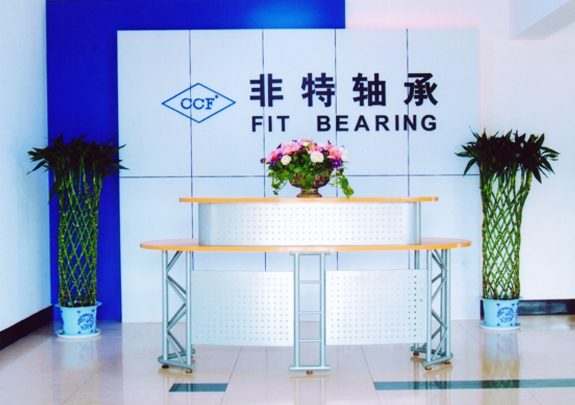Relay Valve
VIEW DETAILS
VIEW DETAILS
VIEW DETAILS

Zhejiang Fit Bearing Co., Ltd. was established in November 2003 with a registered capital of USD 2 million. The plant covers an area of ??35,000 square meters and 20,000 square meters, with more than 120 workers and more than 20 technical management personnel.
At the beginning of its establishment, the company specialized in producing all kinds of low-noise long-life ball bearings. As a professional China Air Brake Relay Valve Suppliers and Air Brake Relay Valve Manufacturers, After years of development in the bearing industry, we have accumulated rich experience in production and management. In 2013, we began to vigorously develop agricultural machinery parts and construction machinery parts. At present, we have formed a team with exquisite technology and excellent management, capable of R&D, manufacturing, sales and service in the bearing industry and agricultural machinery parts. After years of hard work and development, we have formed a capable R&D and manufacturing team. They have rich knowledge and experience in materials, heat treatment, machining and grinding. There are currently 9 professional R&D engineers responsible for the development of new products.
Understand the role of ball bearings in industrial motorsBall bearings are one of the key components in industrial motors. They are mainly used to sup...
Read MoreMain functions of automotive bearingsAutomobile bearings are an indispensable and important component in vehicles. They are responsible for supporting...
Read MoreChecking by noiseA common way to detect whether a motorcycle bearing is damaged is to judge by noise. When a bearing is damaged, it usually makes abno...
Read MoreCheck the industrial motor bearing condition regularlyDuring use, the industrial motor bearing is subjected to long-term load and high-speed rotation,...
Read MoreHow does an air brake relay valve prevent loss of air pressure in the secondary brake system?
An air brake relay valve prevents loss of air pressure in the secondary brake system by connecting the primary and secondary brake systems together.
The primary brake system is connected to the air compressor and supplies air pressure to the relay valve. The relay valve then regulates the flow of air pressure into the secondary brake system.
When the brake pedal is pressed, air pressure from the primary system is transferred to the relay valve. The relay valve then opens, allowing the pressurized air to flow into the secondary system and activate the brake chambers.
However, if there is a loss of air pressure in the secondary system, the relay valve will close to prevent the loss of air pressure from reaching the primary system. This prevents a complete loss of braking power and ensures that there is sufficient air pressure for braking in the primary system.
What are the potential failure modes of an air brake relay valve?
The potential failure modes of an air brake relay valve include:
1. Internal leaks: Internal seals or valves within the relay valve can degrade or wear over time, leading to air pressure leaks. This can result in reduced braking performance or loss of air pressure in the secondary brake system.
2. External leaks: External seals or connections can develop leaks, causing air to escape from the relay valve. This can lead to decreased braking effectiveness or a loss of air pressure in the secondary brake system.
3. Stuck open: In some cases, the relay valve may fail in the open position, allowing continuous air flow into the secondary brake system. This can result in uncontrollable or excessively sensitive braking, potentially causing a loss of control of the vehicle.
4. Stuck closed: Conversely, the relay valve may fail in the closed position, preventing the flow of air pressure into the secondary brake system. This can result in ineffective or no braking in the secondary brake system.
5. Contaminants: Dust, moisture, or debris can enter the relay valve, leading to clogging or obstructions. This can impact the proper functioning of the valve, causing reduced or no brake activation in the secondary brake system.